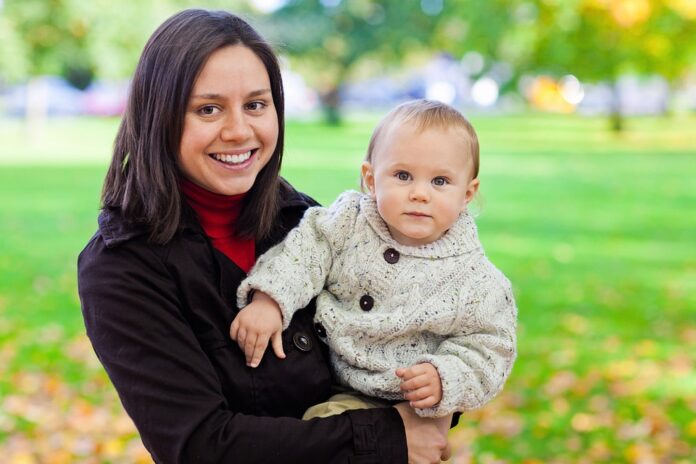Positive discipline is a parenting approach that focuses on encouraging good behavior rather than punishing bad behavior. This method is rooted in the principles of psychology and has been shown to be highly effective in promoting positive behavior in children. In this article, we will explore the science behind positive discipline and how it works.
Breaking down the science behind positive discipline
Positive discipline is based on the principles of operant conditioning, which is a psychological concept that focuses on the relationship between behavior and its consequences. According to this theory, behavior that is reinforced with positive consequences is more likely to be repeated, while behavior that is punished or ignored is less likely to occur again.
In positive discipline, parents or caregivers use positive reinforcement to encourage good behavior. This can include praising a child for following rules, using rewards to motivate desired behavior, or providing opportunities for a child to earn privileges through positive actions.
One key aspect of positive discipline is the idea of setting clear and consistent expectations for behavior. By establishing clear rules and consequences, children know what is expected of them and are more likely to follow those guidelines. This helps to create a sense of structure and stability, which can lead to improved behavior over time.
Another important aspect of positive discipline is the idea of connection. By fostering a strong and positive relationship with a child, parents can create a sense of trust and emotional security. This connection can help children feel more supported and understood, which can lead to better behavior and communication.
How positive discipline works
Positive discipline works by focusing on the positive aspects of a child’s behavior and using reinforcement to encourage those behaviors. By rewarding good behavior and providing consistent consequences for negative behavior, parents can help children learn to make better choices and develop self-control.
When parents consistently apply positive discipline techniques, children learn that good behavior is rewarded and that negative behavior has consequences. This helps to reinforce positive behaviors and reduce the likelihood of negative behaviors occurring.
Positive discipline also helps to promote a sense of autonomy and independence in children. By allowing children to make choices and experience the consequences of those choices, parents can help children develop a sense of responsibility and self-regulation. This can lead to improved self-esteem and confidence in children.
In addition, positive discipline helps to foster open communication and problem-solving skills. By encouraging children to express their thoughts and feelings in a respectful manner, parents can help children learn how to communicate effectively and resolve conflicts in a healthy way.
Conclusion
In conclusion, positive discipline is a highly effective parenting approach that is rooted in the principles of psychology. By focusing on positive reinforcement, setting clear expectations, fostering connection, and promoting autonomy, parents can help children develop self-control, responsibility, and effective communication skills. By understanding the science behind positive discipline and how it works, parents can create a nurturing and supportive environment that promotes positive behavior in children.
Frequency Asked Questions:
1. How can I start implementing positive discipline in my parenting approach?
To start implementing positive discipline, begin by setting clear expectations for behavior, using positive reinforcement to encourage good behavior, and fostering a strong connection with your child. Consistency is key, so be sure to apply positive discipline techniques consistently and be patient as you work to promote positive behavior.
2. Are there any resources available to learn more about positive discipline?
Yes, there are many resources available to learn more about positive discipline, including books, online articles, and parenting classes. Some popular resources include “Positive Discipline” by Jane Nelsen and “The Whole-Brain Child” by Daniel J. Siegel and Tina Payne Bryson. These resources can provide valuable insights and strategies for implementing positive discipline in your parenting approach.

